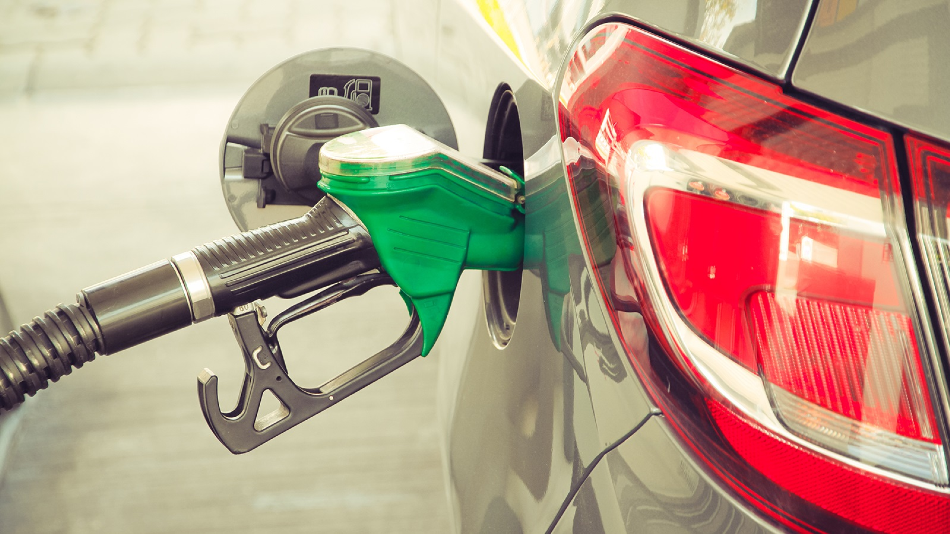Jul 31 2020
According to a new study headed by researchers from the U.S. Department of Energy’s (DOE) Argonne National Laboratory, sophisticated fuel blends, together with novel engine designs, could cut air pollutants, greenhouse gases, and water consumption over the next 30 years.
 Using more biofuels and engines that handle them could potentially cut emissions and water use within three decades, according to a new Argonne-led study. Image Credit: Shutterstock/fewerton.
Using more biofuels and engines that handle them could potentially cut emissions and water use within three decades, according to a new Argonne-led study. Image Credit: Shutterstock/fewerton.
The article, which appeared last month in the Energy & Environmental Science journal, analyzed the possible effect of diversifying the U.S. fuel blend to include high proportions of engines and biofuels developed to use such kinds of fuel blends.
Doing so could result in engines that are 10% more efficient than those running on standard fuel, wrote the study’s authors.
It is very exciting that biomass holds the potential to produce blendstocks that can boost fuel economy. This reduces fossil fuel greenhouse gas emissions by two routes: less fuel consumption overall and an increased share of fuel that has a lower carbon footprint than conventional gasoline because it is made from renewable biomass.
Jennifer Dunn, Study Lead Author and Chemical Engineer, Argonne National Laboratory
The study is funded by the Co-Optimization of Fuels & Engines (Co-Optima) initiative, which is mutually headed by DOE’s Office of Energy Efficiency and Renewable Energy, Bioenergy Technologies Office as well as its Vehicle Technologies Office.
As part of the Co-Optima initiative, scientists are investigating engines and fuels as dynamic design variables that can operate collectively to increase the performance and efficiency of trucks as well as light-duty vehicles.
The new study employed computer models to investigate the environmental and economic effects of the extensive adoption of three kinds of biomass-derived fuels, or bio-blendstocks, that can be mixed with traditional ones—furan, isopropanol, and ethanol.
The research group included scientists from Argonne National Laboratory, DOE’s National Renewable Energy Laboratory, and Lexidyne—a Colorado-based data analysis firm.
The study results demonstrated that between 2025 and 2050, accumulative greenhouse gas emissions would be lower by 4% to 7% for the light-duty transportation industry than that of a business-as-usual case.
From 2050 onwards, emission reductions are expected to touch the range of 7% to 9%. Consumption of water would drop by 3% to 4%, and levels of the tiny and toxic particulate matter, called PM2.5, would drop by 3% from 2025 to 2050.
“This analysis showed us vehicles with engines co-designed with these fuels that enhance fuel economy can be attractive to drivers and make their way onto our roads,” added Dunn, considering that these vehicles will not only result in lower levels of air pollutants, greenhouse gases, and water consumption, but would also lead to lower spending at the gas pump.
According to the analysis, developing the U.S. fleet to include more sophisticated engine designs, which are co-optimized to leverage bio-blendstocks, could support approximately 278,000 to 1.7 million more jobs per year, based on the scope and speed of the scale-up. But according to Dunn, such a transformation will evidently take time.
So we have to stay the course with development of these technologies and their introduction into the vehicle choices consumers have.
Jennifer Dunn, Study Lead Author and Chemical Engineer, Argonne National Laboratory
Journal Reference:
Dunn, J. B., et al. (2020) Energy, economic, and environmental benefits assessment of co-optimized engines and bio-blendstocks. Energy & Environmental Science. doi.org/10.1039/D0EE00716A.